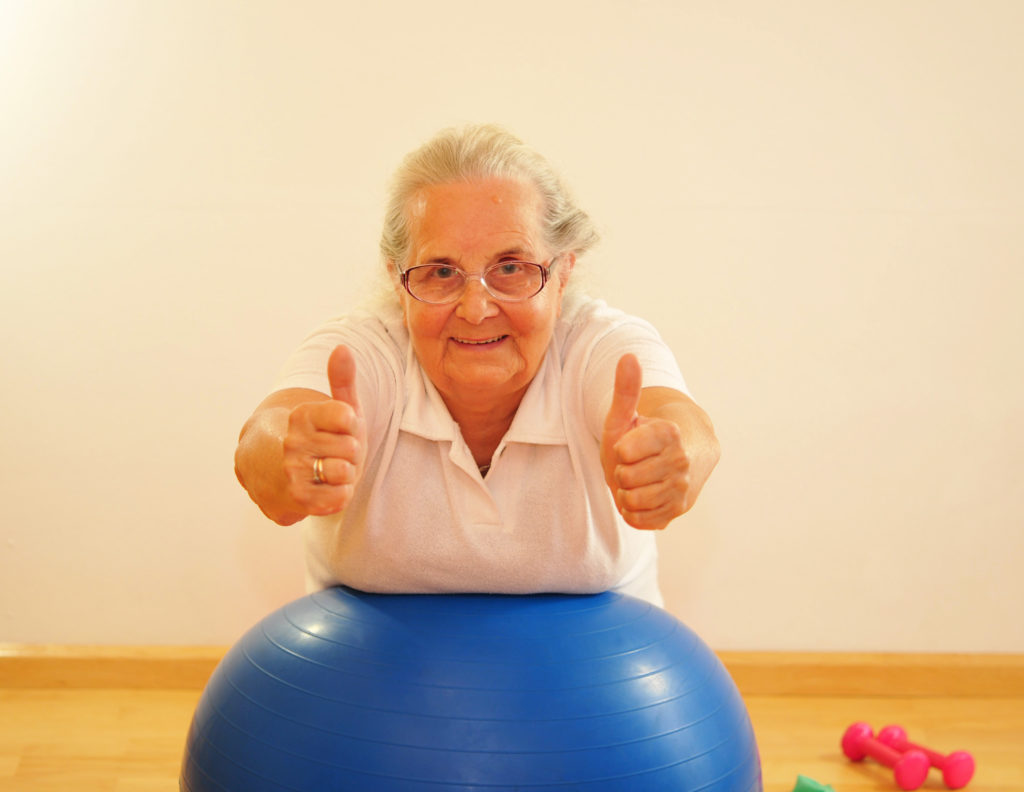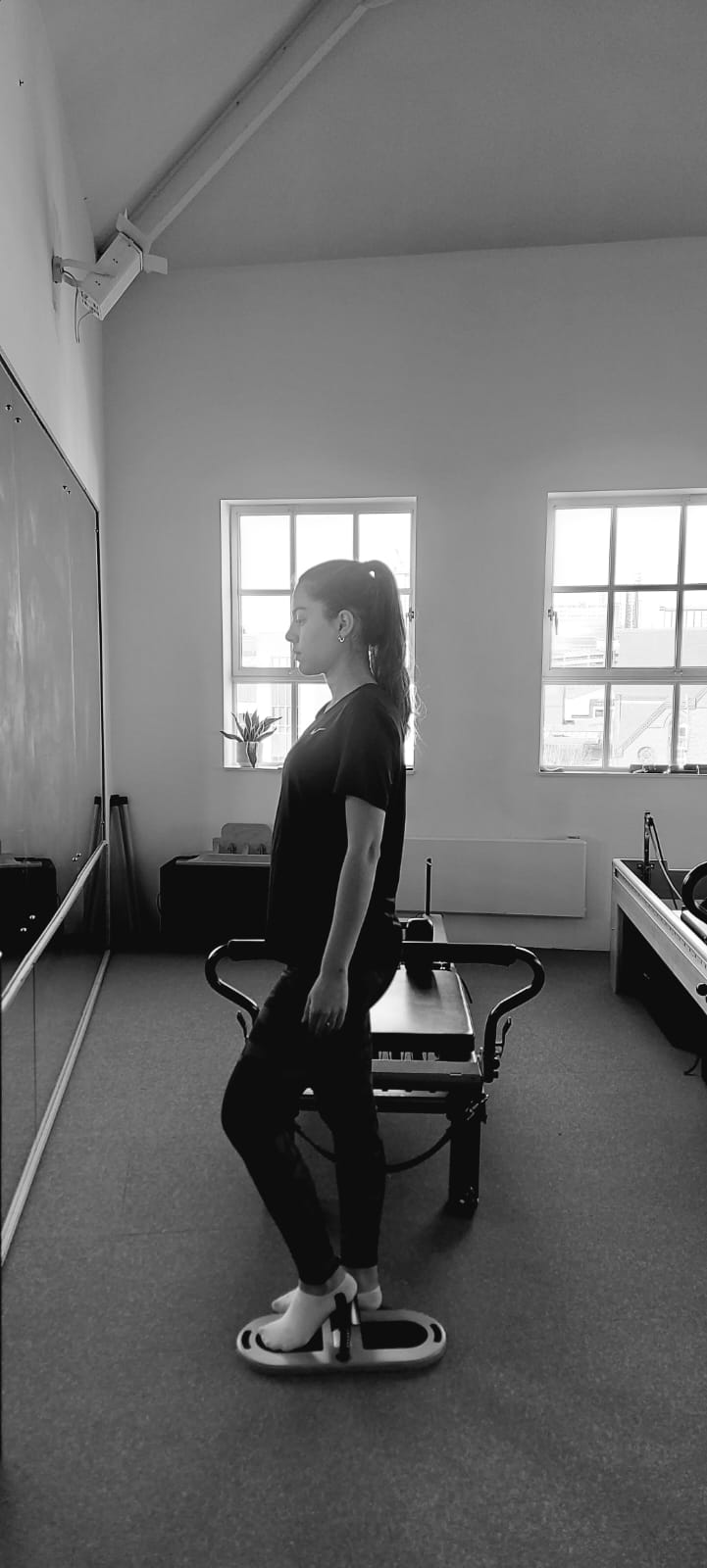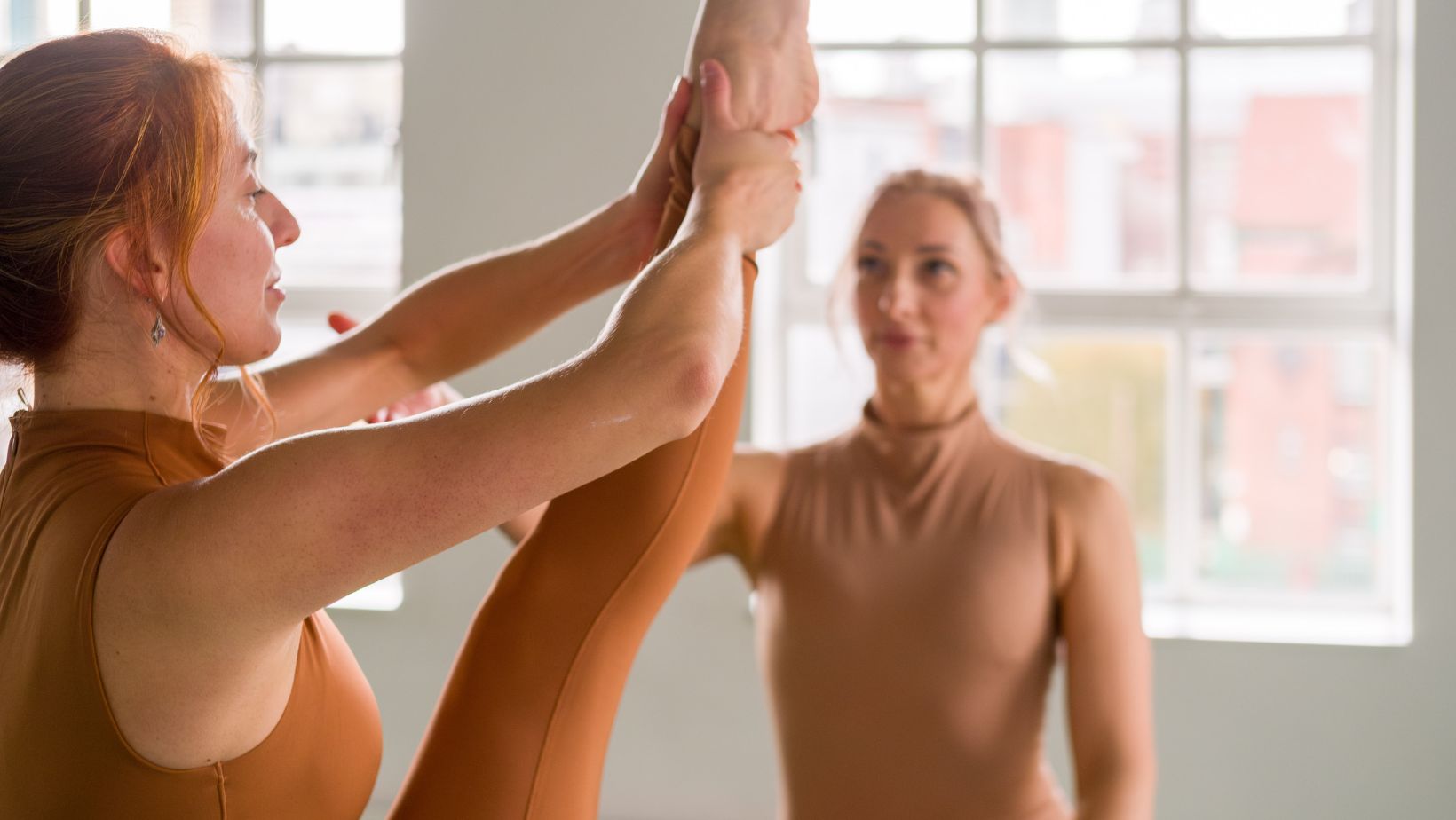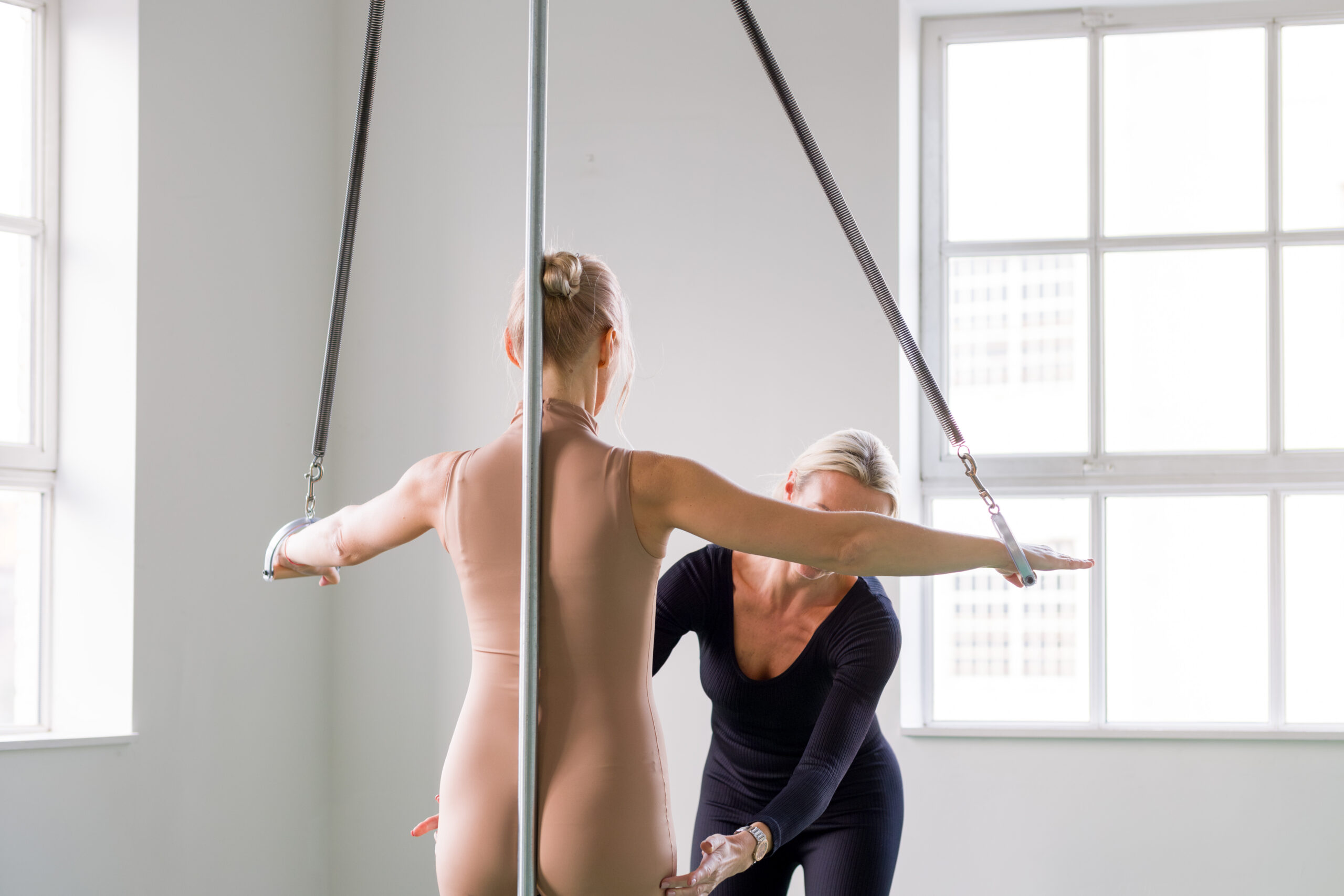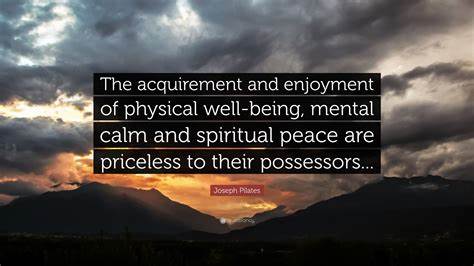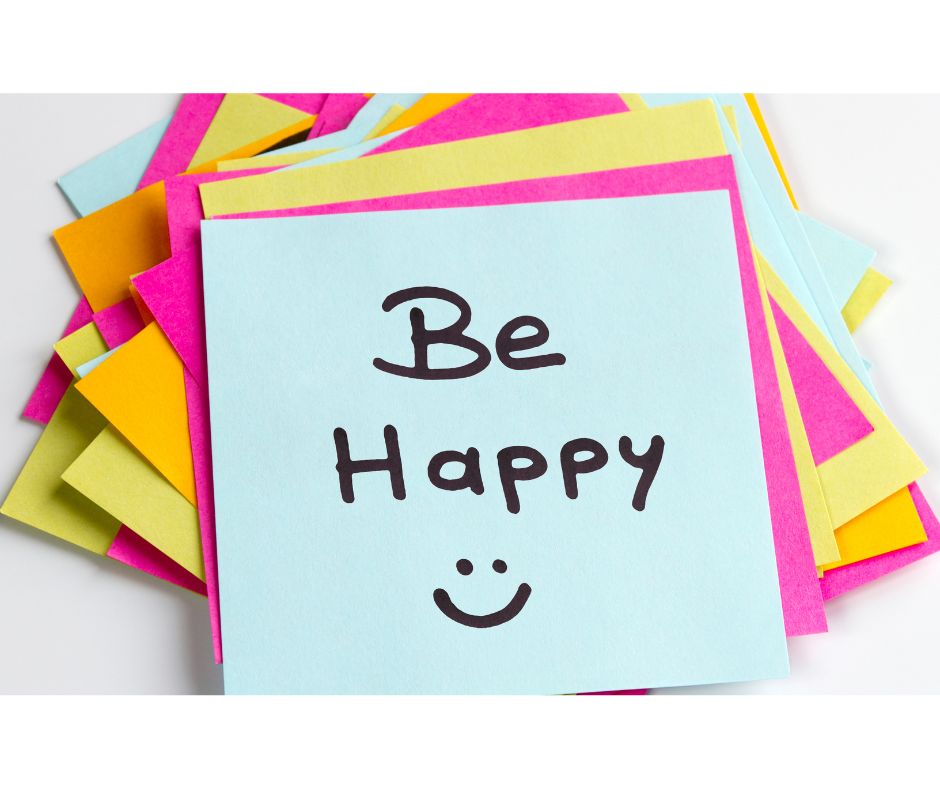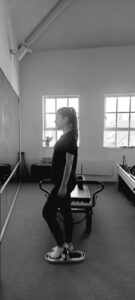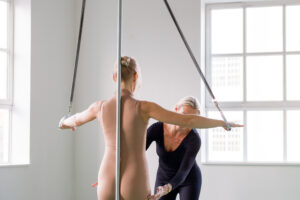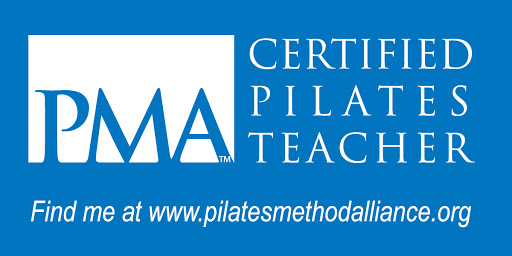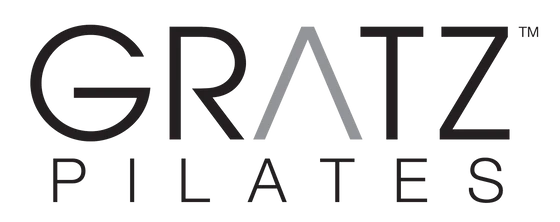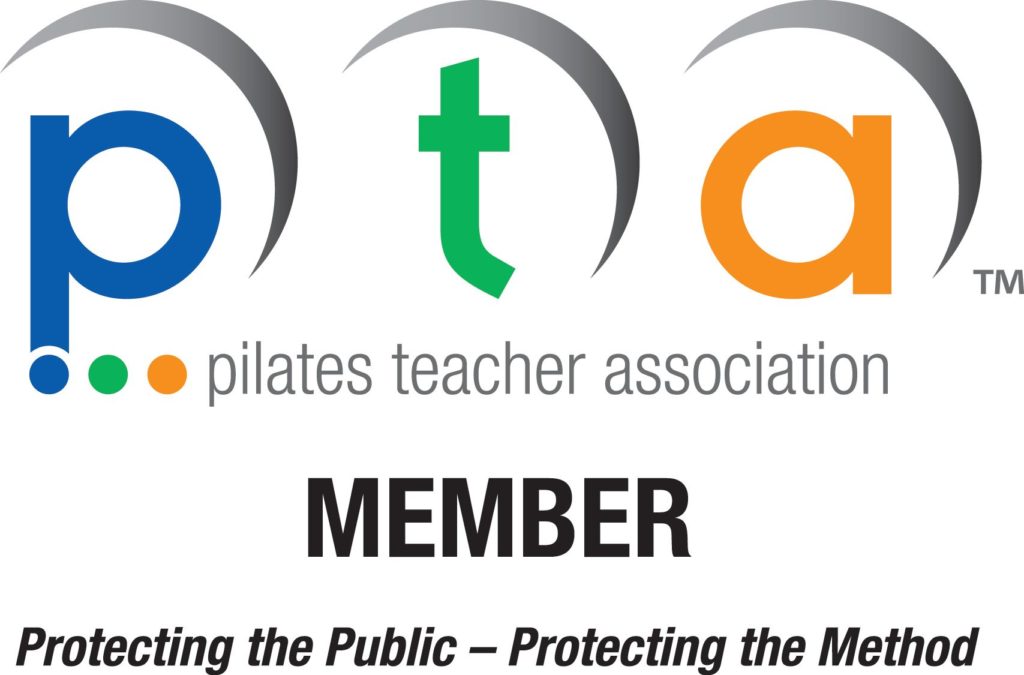The Problems of Ageing
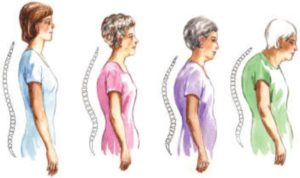 Pilates is a perfect exercise method for the older person. Ageing can be made difficult by several musculoskeletal changes which affect our posture and the activities we can carry out. However, a properly designed course in Pilates can mitigate and even reverse some of these changes.
Pilates is a perfect exercise method for the older person. Ageing can be made difficult by several musculoskeletal changes which affect our posture and the activities we can carry out. However, a properly designed course in Pilates can mitigate and even reverse some of these changes.
In this post, we examine these changes and what Pilates can do to remedy them.
- Rounded Shoulders
- Splayed Feet & Balance Problems
- Hunched backs
- Stiffness
- Brittle Bones & Muscle Wastage
… are some of the most significant postural and musculoskeletal changes that affect us as we pass beyond middle age. Though not postural, within the remit of what Pilates can address, we can also add: balance problems and muscle wastage.
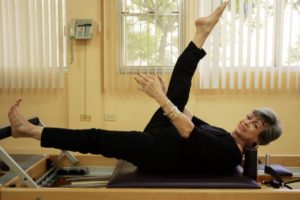
Why can’t we just “stand up straight”, just as we were told to when were young. However, it’s not quite as simple as that: the more we lose our upright posture the more difficult it can be to correct. After a lifetime of inactivity, our brains and central nervous system not only resist any changes that we might want to make – but have literally forgotten what a normal posture feels like. So, if we were to be able to adopt a “normal” posture, it would feel very strange and unusual. Not only that, due to muscle loss, our strength diminishes making any change to posture more yet more difficult. The result? A loss of motivation which further reinforces the vicious circle. A carefully designed Pilates program can help with this.
Rounded Shoulders
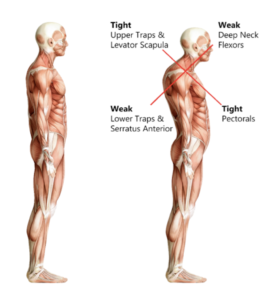 Rounded shoulder posture (kyphosis) is characterised by our head and shoulders shifting forwards, the chest collapsing inwards and the spine changing from a healthy S-shape to a less healthy C-shape. In turn, this causes the pelvis to tilt backwards.
Rounded shoulder posture (kyphosis) is characterised by our head and shoulders shifting forwards, the chest collapsing inwards and the spine changing from a healthy S-shape to a less healthy C-shape. In turn, this causes the pelvis to tilt backwards.
The main cause of this is weakened spinal and shoulder muscles due to sitting in a hunched position over the years. Additionally, the muscle system that supports our trunk (Transversus Abdominals) becomes weakened adding instability to the pelvis and lumbar region. Finally our chest muscles become tight and rotate our shoulders forwards. You can see this effect in action: notice how many people you see walking down the road towards you with the palms of their hands facing backwards. The likelihood is that they have this rounded shoulder (or kyphotic) posture.
This places an uneven pressure on the pads which cushion our vertebral disks. Over time these become compressed and painful and there is an increased likelihood of slipped disks.
If you observe other people as they move about, you will observe many people of about the age of fifty, and especially women, start to develop this posture.
By middle age, many people have become so accustomed to life with poor posture that their bodies have literally forgotten how anatomically correct posture should feel like. The remedy is not just exercise but a carefully designed programme of Pilates. In this Pilates course, your muscles and nervous system will begin to relearn how our bodies are meant to move.
What can I do?
Several times a day, try standing up with your back against a wall. Place your heels against the skirting board and try to align your shoulders and head against the wall.
Maintain this position for a short time and become aware of how it feels. In fact you might find that it feels quite unfamiliar and strange! This is normal because you are doing something that quite literally have forgotten.
As you walk away, try to maintain this position. The more often you do this not only will your abdominal and spinal muscles get stronger, but your nervous system will begin to remember the position with greater and greater ease.
What else can I do?
Here is a sitting exercise. It will help stretch out the chest muscles – as well as strengthen the muscles at that pull our shoulder blades together.
- Sit on a chair with a flattish seat,
- feet hip-width apart, and
- tuck your elbows into your waist.
- Place your upper arms on your thighs, palms facing upwards.
- Breathe in and sit up straight. Try to balance your weight over your sit bones
- Watch for tension in your neck.
- Breathe out, and gently pull your navel to your spine.
- Once again, inhale and keeping your elbows tucked in at the waist, bring your arms out to the side and feel how your chest opens out.
- Do this slowly and repeat it several times a day.
Breathe in again and, keeping the elbows at the waist, draw your forearms out to the side to open out the chest. Repeat several times a day.
Splayed Feet & Balance Problems
While observing other people move, you may notice that younger people walk with an up and down bobbing type of motion. In contrast, many middle aged people increasingly walk with a side to side motion. This can have several main causes:
- a pelvis that tilts backwards
- a compensation for poor balance
- foot problems such as bunions
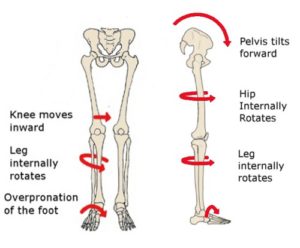 If your spine has adopted a C-shape as opposed to the natural S-shape your pelvis will tilt backwards. This causes external rotation of the upper leg bones (femurs) in turn rotating the feet outwards. Additionally, lack of abdominal support for the lower back and causes instability of the pelvis.
If your spine has adopted a C-shape as opposed to the natural S-shape your pelvis will tilt backwards. This causes external rotation of the upper leg bones (femurs) in turn rotating the feet outwards. Additionally, lack of abdominal support for the lower back and causes instability of the pelvis.
Outwardly splayed feet is a strategy that body uses to compensate for poor balance while other foot problems such as Hallux Rigidus and bunions can cause changes in gait with a corresponding loss of balance.
Note that the image shows the opposite problem: an forward pelvic tilt.
Pilates can help with all of these issues. Correcting misalignment is one of the Principles of Pilates.
What can I do?
I have often thought that sport is wasted on the young. Instead middle aged and seniors should make sport and movement a priority. It’s never too late to start and the low impact, controlled movements of Pilates are ideal for late starters. Another of the Principles of Pilates is the focus on strengthening the abdominal muscles.
Pilates has many exercises that focus on Calf Raises (lifting onto the balls of your feet) in sitting and lying positions that are eminently suited to people who suffer from poor balance.
- Calf raises (lifting up onto the balls of your feet as if you are putting on high heels) can also help to improve walking style by strengthening muscles in the lower legs.
In Pilates, there are many back extension (bending the spine backwards) exercises. These type of exercises are especially indicated for sufferers of Osteoporosis, and also strengthen the muscles that run up and down our spine. Again, Pilates allows us to do these exercises in sitting, lying (both supine and prone) as well as on all fours making them safe for seniors to perform.
- Lower back raises strengthen the lower back muscles.
- Lie face down with knees straight.
- Push your hips into the floor.
- Rest your forehead on the floor.
- Put your hands on your buttocks and inhale.
- Exhale, and as you do, raise your upper body slowly off the floor. Keep the movement slow and controlled.
- Inhale as you hold before lowering back down.
- Repeat the lift three to five times.
Click here to book a free, no obligation demo lesson at Birmingham Pilates Studios to get started.
Hunched Back & Osteoporosis
There are several causes:
- a loss of muscle mass (sarcopenia). You may be shocked to discover that this can begin as early as twenty-five years of age. This can accelerate so that by the time we reach fifty, use lose about half a kilogram of muscle mass per year.
- osteoporosis or brittle bones is caused by a an imbalance between new bone formation and old bone reabsorption. The result is weakened and brittle bones which can break easily.
What can I do?
- slow down the rate of bone loss by being as active as you can from as early a time as possible. This strengthens the muscles which can have an effect of slowing down bone loss associated with osteoporosis. Bone mass peaks at about the age of thirty and declines after that.
- Any weight-bearing exercise, such as walking, aerobics or skipping, is important to strengthen bones. The types of exercises in Reformer Pilates are ideal for this.
- Trapeze table and Reformer allow us to do resistance training. Alternatively, try Therabands -(large elastic exercise bands) or Swiss Balls, both of which can strengthen bones, ligaments and muscles.
- Limit spinal flexion (bending forwards) which can put pressure on the vertebral spinal processes, resulting in fractures.
It is impossible to reverse the trend of bone or muscle mass, but with resistance and strength training the effects can be delayed. Muscle function can improve, sometimes quite dramatically with regular resistance training. Pilates instructors trained by reputable organisations have training in these aspects of the ageing musculoskeletal system.
The greatest benefits will be obtained before these processes really take of at the age of about 40, but again, it’s never too late to start. Click here to get started. Nothing could be easier!
Stiffness
- Reduced mobility in the hips and pelvic area results the loss of that youthful S-curve. As a result, the body becomes stiff, rigid and appears old.
- Elastic tissue in the ligaments becomes less pliable and elastic as we get older.
- The accumulation of minor injuries to joints over the years will compound stiffness.
- Arthritis
What can I do?
- Move about as much as possible.
- ‘Make a rule to yourself that you won’t stay in the same position for longer than 20 minutes. Yourself timed breaks from your desk.
- Exercise lubricates the joints and is the best preventative medicine for postural problems.
- When sitting on soft chairs or a sofa, consciously tip your pelvis forward and sit up as high as you can. This will help to retain a nice S-shaped curve of the spine.
- Placing a foam roll in the curve of your spine can also help when you are sitting for longer periods, for example, when driving.
- Hula hooping helps keep the pelvic area and lower back mobile and flexible.
- Swimming also strengthens muscles, particularly if you vary the strokes you use.
- Do Pilates at Birmingham Pilates Studios!

